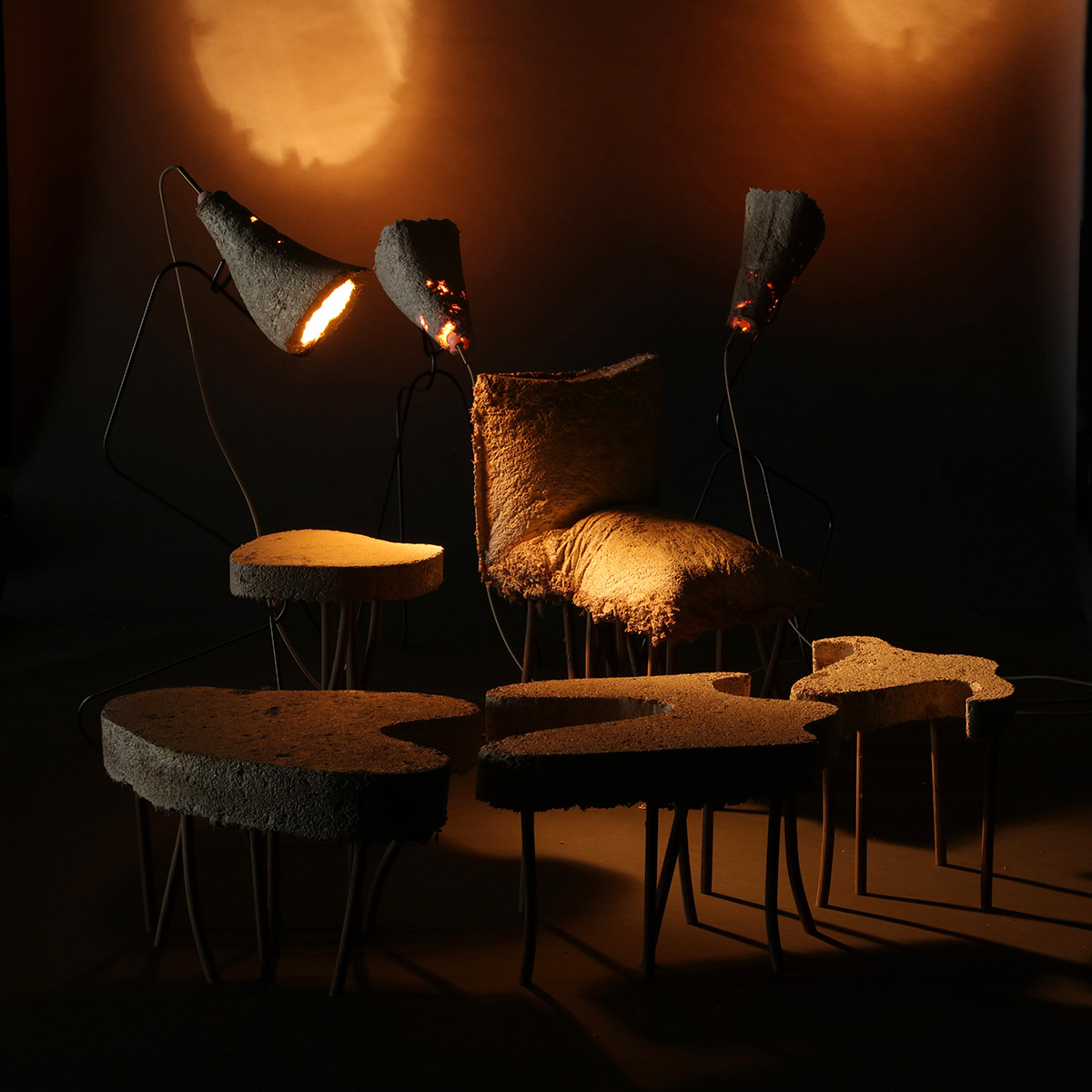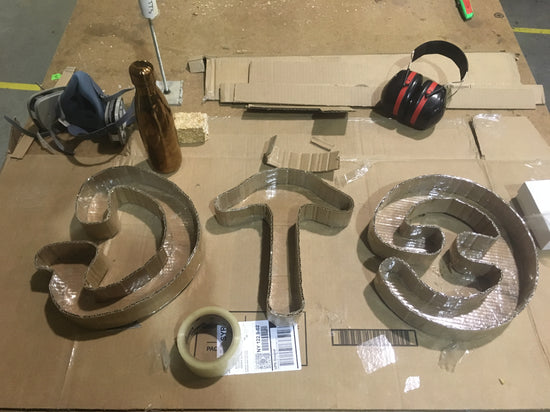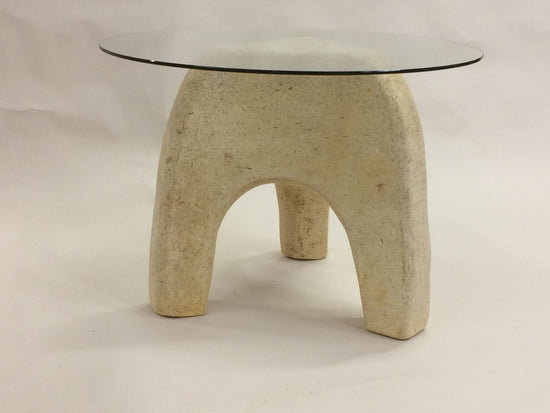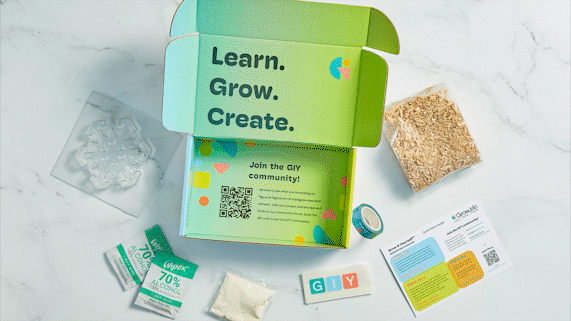Q: What kind of art do you create?
A: I am a furniture/interior designer out of San Francisco. I find materials to be a major part of my practice, whatever they may be. Aesthetically, I find myself working with lines in forms and shaping the overall piece around the parameters of materials and the experiment of the form.

Q: How did you start working with mycelium?
A: I started working with mycelium during my senior year of college, it became my thesis. I became very intrigued with the use of fungus as a medium when I saw Danielle Troffe’s design, and later reading Mycelium Running by Paul Stamets. The properties of bi-fabrication, and using the idea of growth instead of additive materials became a huge desire and reason for my research and execution.

Q: What do you like about working with mycelium?
A: I like the massive learning curve that comes from dealing with something that grows into a shape and requires a certain environment. It is unusual in that way because with all other molding process’s there is much less a worry for the state of the mold. However, when working with fungus, the mold holds many new challenges as to how to create a working piece of design. This has sharpened my thoroughness and pushed me to be a nimbler thinker. Also, the fact that when the furniture is on its last leg, instead of feeling guilty about the end of its cycle, it composts and does not have all the adverse effects on the planet. Like so many other materials.

Q: What is your goal as an artist?
A: With mycelium I would really like to bring this new material into the more market as much as possible. By using something totally organic, and creating a better product than something from petroleum, it can create a chain reaction in favor of bio-fabrication. Both boosting the use of mycelium, but also expanding demand and research for more alternative materials. I would love to see mycelium design, at multiple booths at events such as ICFF, or Salone del Mobile. Bringing bio-fabrication and mycelium to the greater population seems like a must, in a time where resources are dwindling.






